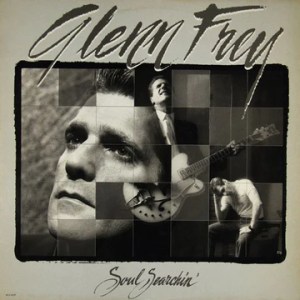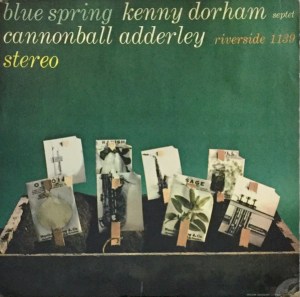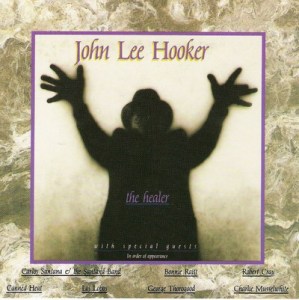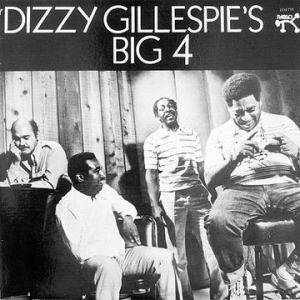
More of the Music of Pat Metheny
Reviews and Commentaries for the Music of Pat Metheny
Question:
Pat, could you tell us your opinion about Kenny G – it appears you were quoted as being less than enthusiastic about him and his music. I would say that most of the serious music listeners in the world would not find your opinion surprising or unlikely – but you were vocal about it for the first time. You are generally supportive of other musicians it seems.
Pat’s Answer:
Kenny G is not a musician I really had much of an opinion about at all until recently. There was not much about the way he played that interested me one way or the other either live or on records.
I first heard him a number of years ago playing as a sideman with Jeff Lorber when they opened a concert for my band. My impression was that he was someone who had spent a fair amount of time listening to the more pop oriented sax players of that time, like Grover Washington or David Sanborn, but was not really an advanced player, even in that style. He had major rhythmic problems and his harmonic and melodic vocabulary was extremely limited, mostly to pentatonic based and blues-lick derived patterns, and he basically exhibited only a rudimentary understanding of how to function as a professional soloist in an ensemble – Lorber was basically playing him off the bandstand in terms of actual music.
But he did show a knack for connecting to the basest impulses of the large crowd by deploying his two or three most effective licks (holding long notes and playing fast runs – never mind that there were lots of harmonic clams in them) at the key moments to elicit a powerful crowd reaction (over and over again). The other main thing I noticed was thathe also, as he does to this day, played horribly out of tune -consistently sharp.
Of course, I am aware of what he has played since, the success it has had, and the controversy that has surrounded him among musicians and serious listeners. This controversy seems to be largely fueled by the fact that he sells an enormous amount of records while not being anywhere near a really great player in relation to the standards that have been set on his instrument over the past sixty or seventy years. And honestly, there is no small amount of envy involved from musicians who see one of their fellow players doing so well financially, especially when so many of them who are far superior as improvisors and musicians in general have trouble just making a living. There must be hundreds, if not thousands of sax players around the world who are simply better improvising musicians than Kenny G on his chosen instruments. It would really surprise me if even he disagreed with that statement.
Having said that, it has gotten me to thinking lately why so many jazz musicians (myself included, given the right “bait” of a question, as I will explain later) and audiences have gone so far as to say that what he is playing is not even jazz at all. Stepping back for a minute, if we examine the way he plays, especially if one can remove the actual improvising from the often mundane background environment that it is delivered in, we see that his saxophone style is in fact clearly in the tradition of the kind of playing that most reasonably objective listeners WOULD normally quantify as being jazz. It’s just that as jazz or even as music in a general sense, with these standards in mind, it is simply not up to the level of playing that we historically associate with professional improvising musicians. So, lately I have been advocating that we go ahead and just include it under the word jazz – since pretty much of the rest of the world OUTSIDE of the jazz community does anyway – and let the chips fall where they may.
And after all, why he should be judged by any other standard, why he should be exempt from that that all other serious musicians on his instrument are judged by if they attempt to use their abilities in an improvisational context playing with a rhythm section as he does? He SHOULD be compared to John Coltrane or Wayne Shorter, for instance, on his abilities (or lack thereof) to play the soprano saxophone and his success (or lack thereof) at finding a way to deploy that instrument in an ensemble in order to accurately gauge his abilities and put them in the context of his instrument’s legacy and potential.
As a composer of even eighth note based music, he SHOULD be compared to Herbie Hancock, Horace Silver or even Grover Washington. Suffice it to say, on all above counts, at this point in his development, he wouldn’t fare well.
But, like I said at the top, this relatively benign view was all “until recently.”
Not long ago, Kenny G put out a recording where he overdubbed himself on top of a 30+ year old Louis Armstrong record, the track “What a Wonderful World”. With this single move, Kenny G became one of the few people on earth I can say that I really can’t use at all – as a man, for his incredible arrogance to even consider such a thing, and as a musician, for presuming to share the stage with the single most important figure in our music.
This type of musical necrophilia – the technique of overdubbing on the preexisting tracks of already dead performers – was weird when Natalie Cole did it with her dad on “Unforgettable” a few years ago, but it was her dad. When Tony Bennett did it with Billie Holiday it was bizarre, but we are talking about two of the greatest singers of the 20th century who were on roughly the same level of artistic accomplishment. When Larry Coryell presumed to overdub himself on top of a Wes Montgomery track, I lost a lot of the respect that I ever had for him – and I have to seriously question the fact that I did have respect for someone who could turn out to have such unbelievably bad taste and be that disrespectful to one of my personal heroes. (more…)









 One of our good customers had this to say about some Hot Stampers he purchased recently:
One of our good customers had this to say about some Hot Stampers he purchased recently: